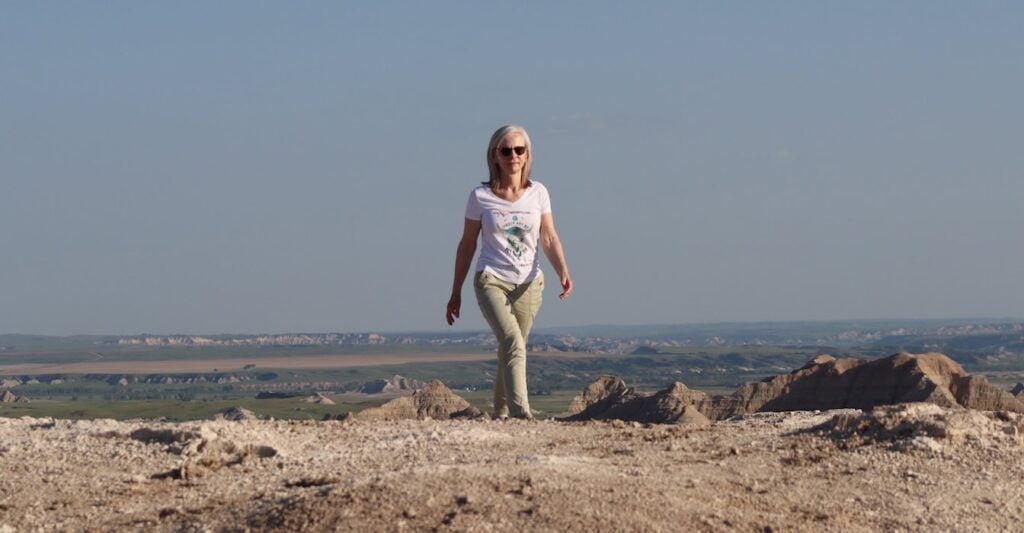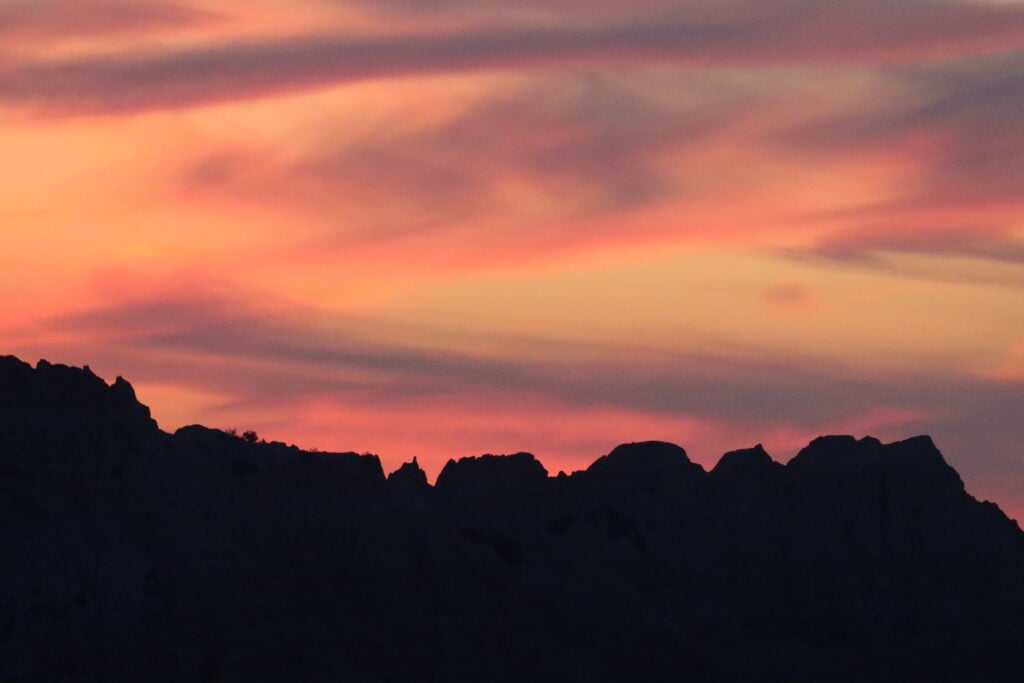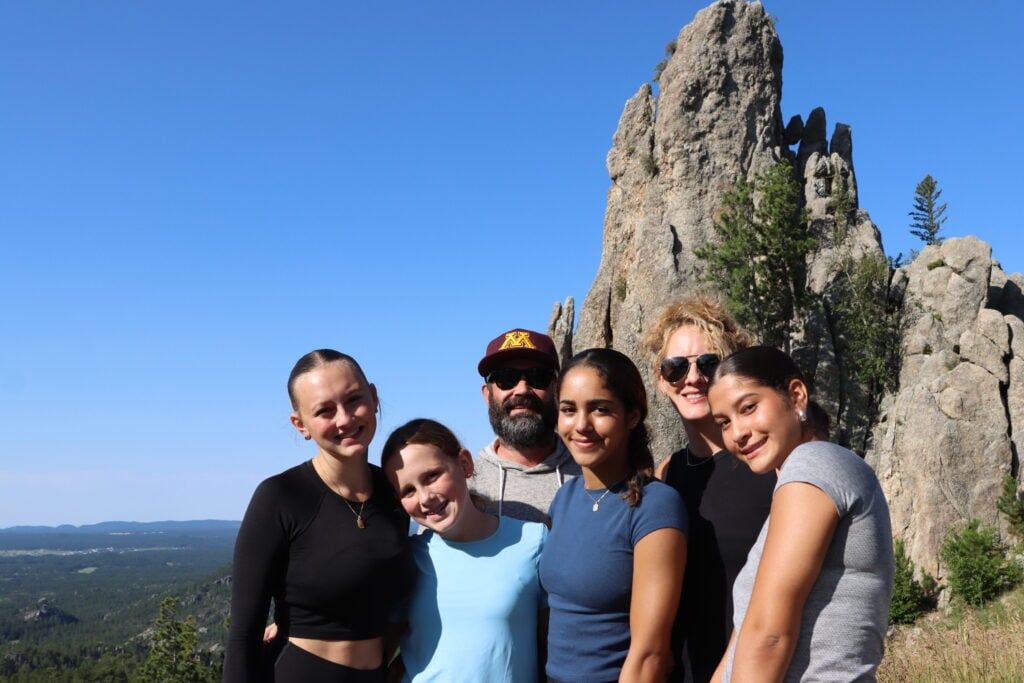Mount Rushmore, a monumental symbol of American history and artistry, draws millions of visitors each year to the rugged landscapes of South Dakota’s Black Hills. This colossal sculpture features the faces of four American presidents: George Washington, Thomas Jefferson, Theodore Roosevelt, and Abraham Lincoln, each etched into granite with astonishing precision.
The journey to understand how Mount Rushmore was built is as captivating as the monument itself. Conceived by historian Doane Robinson to promote tourism, and brought to life by sculptor Gutzon Borglum, Mount Rushmore is more than a mere carving – it’s a testament to American ingenuity, perseverance, and artistry. From its inception in 1927 to its completion in 1941, the creation of this national treasure involved a unique blend of vision, engineering prowess, and sheer hard work.
As you embark on this fascinating journey, you’ll explore the history, construction process, challenges faced, and the significance of Mount Rushmore in American culture. So, are you ready to dive deep into the making of this iconic landmark? Send a message to My XO Adventures to explore your options!
The Vision Behind Mount Rushmore
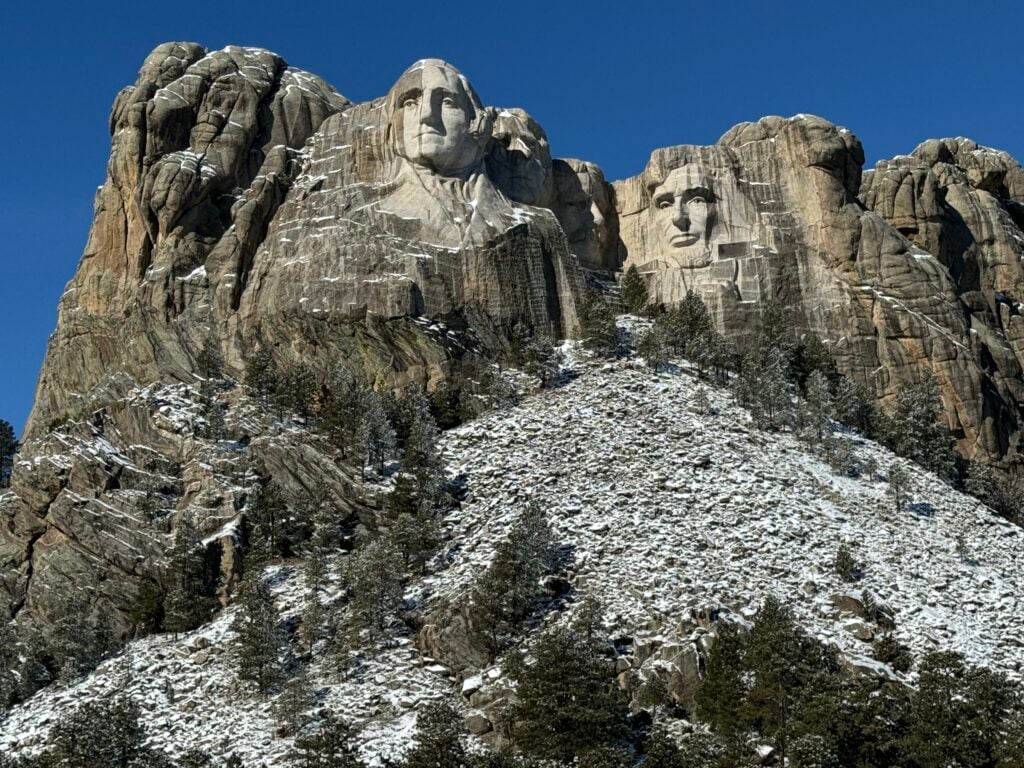
Behind the grandeur of Mount Rushmore lies a visionary spark ignited by historian Doane Robinson in the early 1920s. Robinson, often referred to as the ‘Father of Mount Rushmore,’ envisioned a massive sculpture in the Black Hills that would draw tourists from across the nation. He believed that such an attraction would boost South Dakota’s tourism and economy. His ambition was to create something monumental that would stand the test of time and celebrate America’s illustrious history.
Robinson initially imagined carvings of Western heroes like Lewis and Clark, Red Cloud, and Buffalo Bill Cody. However, when sculptor Gutzon Borglum was brought on board, the vision evolved significantly. Borglum, renowned for his work on the Confederate Memorial Carving at Stone Mountain, Georgia, had grander ideas. He proposed a sculpture that would have a national significance, featuring four of America’s most revered presidents. Borglum’s vision was to create a ‘Shrine of Democracy,’ symbolizing the birth, growth, development, and preservation of the United States.
This transformation of the project’s scope from regional heroes to national icons was pivotal. Borglum’s ambition resonated with both state and federal authorities, garnering crucial support and funding. The collaboration between Robinson’s initial concept and Borglum’s expansive vision set the stage for what would become one of the most iconic monuments in the world, embodying the spirit and ideals of the United States.
Choosing the Perfect Location

Selecting the ideal location for Mount Rushmore was no small feat. The site in the Black Hills of South Dakota was chosen for its granite composition and its facing towards the southeast, which would allow maximum exposure to sunlight. This choice was crucial not only for the aesthetic appeal but also for the durability of the monument. Granite, being one of the hardest types of rock, ensures that the carvings would withstand the test of time and the elements.
Gutzon Borglum, the sculptor behind the project, was instrumental in selecting the perfect site. He conducted extensive surveys of the Black Hills area, considering multiple locations before finalizing on Mount Rushmore. The mountain was named after Charles E. Rushmore, a New York lawyer, during an expedition in 1885. The name stuck, and it was eventually adopted for the monumental project.
Several factors influenced Borglum’s decision. The elevation of Mount Rushmore, standing at about 5,725 feet, provided a grand stage for the colossal sculptures. The mountain’s southeastern exposure meant that the faces of the presidents would be illuminated by the sun for most of the day, enhancing their visibility and grandeur. Additionally, the location was accessible yet secluded enough to offer a sense of majesty and reverence.
The careful selection of Mount Rushmore’s location set the foundation for the monument’s long-term success. It ensured that the carvings would not only be a marvel of artistic achievement but also a lasting tribute to the leaders who shaped the history of the United States.
The Construction Process of Mount Rushmore
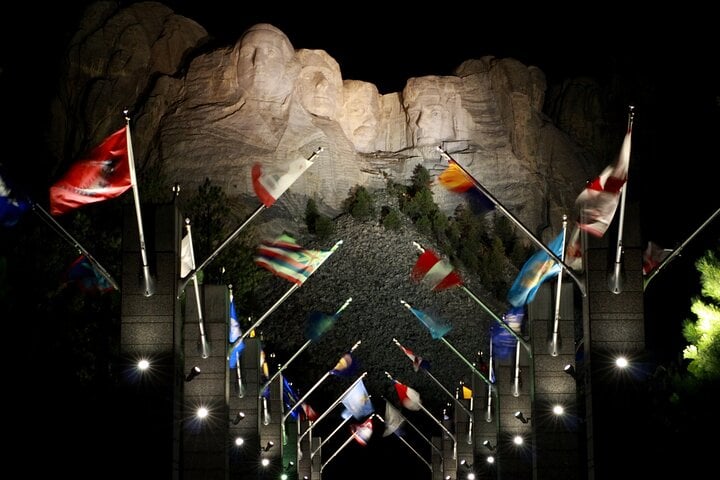
The construction of Mount Rushmore, an endeavor that spanned from 1927 to 1941, was a monumental task that required meticulous planning, ingenuity, and sheer determination. Gutzon Borglum, the visionary sculptor, led a dedicated team of over 400 workers, including miners, sculptors, and engineers, to bring this ambitious project to life.
**Dynamite** was the primary tool used to carve out the massive chunks of granite. Approximately 90% of the mountain was removed using controlled blasts, which allowed the team to shape the rough outlines of the four presidential faces with remarkable precision. Each blast had to be carefully calculated to avoid damaging the existing carvings and to ensure the desired depth and contour.
Once the rough shapes were established, workers employed a technique known as **honeycombing**. This involved drilling a series of closely spaced holes into the rock, which were then chiseled away to create a finer, more detailed surface. This method allowed for a high degree of accuracy, enabling the sculptors to achieve the intricate details of the presidents’ faces, from the contours of their cheekbones to the folds of their clothing.
**Hand tools** such as jackhammers and chisels were used for the final touches, adding the delicate features that brought the faces to life. Despite the primitive tools compared to today’s standards, the craftsmanship exhibited in the carvings is a testament to the skill and dedication of the workers. They had to work suspended from harnesses, often hundreds of feet above the ground, facing harsh weather conditions and the constant risk of injury.
The construction process of Mount Rushmore is a story of human ingenuity and perseverance. It stands as a remarkable achievement, showcasing the ability to transform a rugged mountain into an enduring symbol of American history and pride.
Challenges Faced During Construction
The construction of Mount Rushmore was fraught with numerous challenges, each adding a layer of complexity to this monumental project. One of the primary obstacles was the **rugged terrain** of the Black Hills, which made access and transportation of materials extremely difficult. The remote location required the construction of roads and infrastructure just to get supplies to the site.
Another significant challenge was the **harsh weather conditions**. The workers faced extreme temperatures, from the blistering heat of summer to the freezing cold of winter. These conditions not only made the work physically demanding but also posed a constant threat to the health and safety of the laborers. The high-altitude environment added to the difficulties, as workers had to operate at elevations where oxygen levels were lower.
**Financial constraints** also plagued the project. Funding was a constant concern, with the Great Depression exacerbating the financial situation. Securing the necessary funds required persistent lobbying and support from both public and private sectors. Despite these efforts, the project faced several stoppages due to lack of money, which delayed its completion.
Technical challenges were equally daunting. The use of dynamite for the initial carving required precise calculations to avoid damaging the sculpture. The team had to develop and refine techniques such as **honeycombing** and detailed chiseling to achieve the desired artistic quality. Every blast and chisel strike had to be meticulously planned to ensure the integrity of the monument.
The human factor was another critical challenge. The project relied on the bravery and skill of over 400 workers, who had to perform their tasks while suspended from harnesses on the face of the mountain. The risk of injury was ever-present, and the physical toll on the workers was immense. Despite the use of safety measures, the dangerous nature of the work led to several accidents and injuries.
Overcoming these challenges required a blend of innovation, perseverance, and sheer determination. The successful completion of Mount Rushmore stands as a testament to the ability to overcome adversity and achieve greatness in the face of seemingly insurmountable odds.
Legacy and Significance of Mount Rushmore
Mount Rushmore is more than just a breathtaking marvel of engineering and artistry; it is a profound symbol of American ideals and heritage. The monument, featuring the colossal faces of George Washington, Thomas Jefferson, Theodore Roosevelt, and Abraham Lincoln, represents the **founding, expansion, development, and preservation** of the United States. Each president carved into the granite face of the Black Hills embodies significant epochs and values that have shaped the nation.
The legacy of Mount Rushmore extends beyond its historical significance. It has become a beacon of **patriotism and unity**, drawing millions of visitors from around the world. This national memorial serves as a place of reflection on the nation’s past and its aspirations for the future. For many, a visit to Mount Rushmore is an emotional experience, a chance to connect with the towering figures who played pivotal roles in the country’s history.
Mount Rushmore also holds immense cultural and educational value. It is an enduring testament to the artistic vision of sculptor Gutzon Borglum and the dedication of the workers who brought his vision to life. The monument’s creation involved innovative techniques and a remarkable level of craftsmanship, making it an important subject of study in both art and engineering fields. **Educational programs and resources** provided at the site help visitors understand the historical context and significance of the monument, fostering a deeper appreciation for this iconic landmark.
Moreover, Mount Rushmore has an undeniable economic impact on the region. The influx of tourists has spurred the growth of local businesses, creating jobs and contributing to the economy of South Dakota. This economic boon helps preserve the surrounding natural beauty and supports ongoing conservation efforts.
However, the legacy of Mount Rushmore is not without controversy. The land on which it stands was originally sacred to the Lakota Sioux, raising ongoing discussions about cultural sensitivity and historical injustices. These conversations are crucial as they remind us of the complex and multifaceted nature of America’s history.
As you reflect on the legacy and significance of Mount Rushmore, consider making your own journey to this monumental site. **Send a message to My XO Adventures** to explore your options! Experience firsthand the grandeur and the stories that make Mount Rushmore a true American icon.

